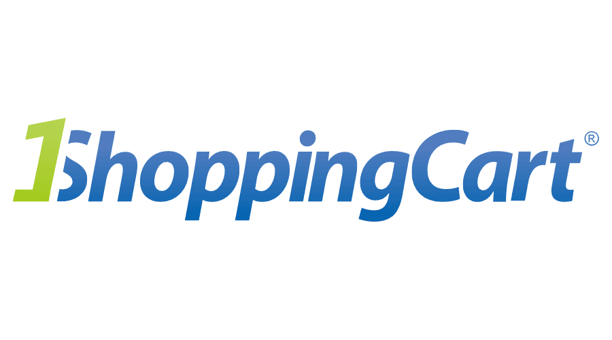
If someone were to ask you; where should a new ecommerce shop advertise, how would you respond? I want you to imagine the answers you would give.
You would probably say one of the following:
All valid answers, any ecommerce store should be advertising on these networks. They are proven for bringing new customers. If you setup your campaign funnels correctly it should provide a steady stream of sales. The only issue with these social platforms and advertising networks is that all your competitors are advertising on them as well.
So how do you set yourself apart from your competition online?
- Better product
- Better features
- Better influencers
The first two on the list are pretty obvious, but better influencers, what does that mean? For most people, when they think influencers they think celebrities endorsing Big Fortune 500 companies. Thankfully, we live in a world where working with an influencer doesn’t mean they are a celebrity. An influencer could be that Yoga account with 20,000 followers, that dog account with 15,000 influencers. You get the idea.
So why are influencers a big deal?
According to a recent study, they can provide a $6.50 return for every dollar spent. That is an ROI that you can’t afford to miss. Furthermore, influencer marketing gives you social proof and can help convince potential customers to become customers. If your favourite Instagram account just said how great a product was, chances are your interest in that product will go up exponentially. Influencer marketing is just starting to get popular so you can beat your competitors to the punch by hopping on the opportunity now.
How do you find an influencer to work with?
I’m going to break this down into steps so you can easily run your own campaign in the future.
Step 1: Figure out your audience. You should know their age, gender, and what they like.

Step 2. Find some influencers that you might want to work with. You may know some influencers in your niche or you may have to discover them. You can often find influencers by looking up top posts that use a certain hashtag.
Step 3: Make sure the influencers you have found match your target demographic. Often times people will reach out to an influencer who has the completely wrong following for their business. An example is an apparel company asking an influencer to post about their new bathing suit and that influencer’s following will be all men. That is not going to help the apparel company sell any bathing suits at all. They pretty much just threw that money away. To find the right perfect influencers, you can use sites such as HYPR. They show specific audience demographics for over 300,000 influencers.
Step 4: Contact the Influencer via email, phone, or even over social media. Depending on how big the influencer is will determine how difficult it is to reach them. Keep in mind that when you are reaching out to influencers, they don’t like to be spammed with generic emails that you send to dozens of people. You want to take the time to personalise your messages. Don’t expect influencers to work for free either.
Now that you have the knowledge, it’s time to get a leg-up on your competition and start running influencer campaigns!






